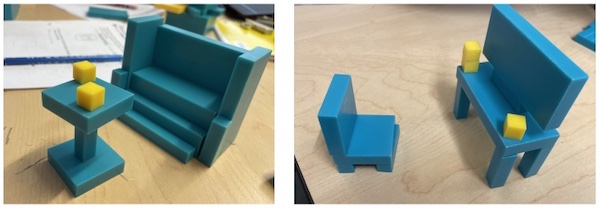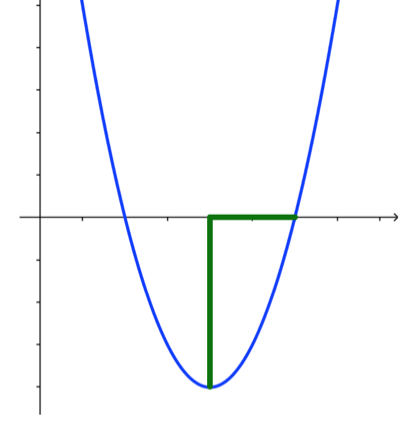Blog Posts
Here are links to posts on my Math Education Blog that you might find interesting.
If you are so moved, you may comment on the posts, and/or subscribe to the blog.
Novice Teachers
During my 30 years as department chair, I hired and trained several very young teachers. This mostly went quite well, and I'm still in touch with many of them, as they continue their careers as math educators in various locations. I was also part of the faculty of a Retreat for Beginning Teachers for 15 years. I reflect on what I learned in this work, and I share that in two blog posts: Dear Young Teacher, and Mentoring Young Teachers.
Lab Gear, the Great Connector
Many years ago, I mentored Liz Caffrey in her first years of teaching. She is no longer a novice! In a guest blog post, she shares how she uses the Lab Gear in grades 7 and 8. (The Lab Gear is a set of manipulatives I designed for the learning of algebra.) Her article confirms that the curricular materials I created work well at that level — but it also reminds me that well-designed curriculum tools can be used in creative ways, including ways that were not anticipated by the designer!

Student-created Lab Gear surface area challenges
(Note: Liz will be hosting a workshop for math instructors, titled “Building a Culture of Collaboration” at the Atrium School in Watertown, MA, July 19-21. For more information, email summermath@atrium.org.)
No Best Way
A couple of discussions on NCTM's email list led me to write a response on my blog.
- Instead of choosing whether a trapezoid has exactly one pair of parallel sides, or at least one such pair, I propose that this is a valid conversation to have in the classroom.
- Instead of debating whether slope triangles should be drawn below or above the line, I suggest we do both.
The post also includes links to three previous essays on the more general topic of "there is no one way".
MathEducation.page
New and newish on my website.
Quadratics
I recorded a slide show about A Graphical Path to the Quadratic Formula. The idea is that instead of an approach based strictly on symbol manipulation and completing the square, we can get to the quadratic formula by thinking about the graph of a parabola.

I also added the outline of a unit on Completing the Square (including a link to this applet and these images).
This led me to reorganize and update my Parabolas and Quadratics home page.
McNuggets
When my son (now in his late forties) was in third grade, he and I worked out the now-famous McNuggets problem on McDonald napkins. I think that I was among the first to bring this problem into K-12 schools back in the 1980's. I just added a complete lesson plan for this, including an extension / generalization to my website. This was adapted (with Amanda Cangelosi’s help) from my 1994 book Algebra: Themes, Tools, Concepts (co-authored with Anita Wah, free download here). See also a condensed proof of a generalization in a letter to the editor of Mathematics Teacher: Learning and Teaching.
Tweaks and Updates
Small changes to the site:
- Constant Sums, Constant Products, new approach to traditional topics (annotated links)
- Number Puzzles home page
- Lab Gear home page (algebra manipulatives)
- Algebra 2 home page
- Electronic Graphing home page
- Integer Sequences home page
- Annotated Site Map
- Comprehensive Site Map
